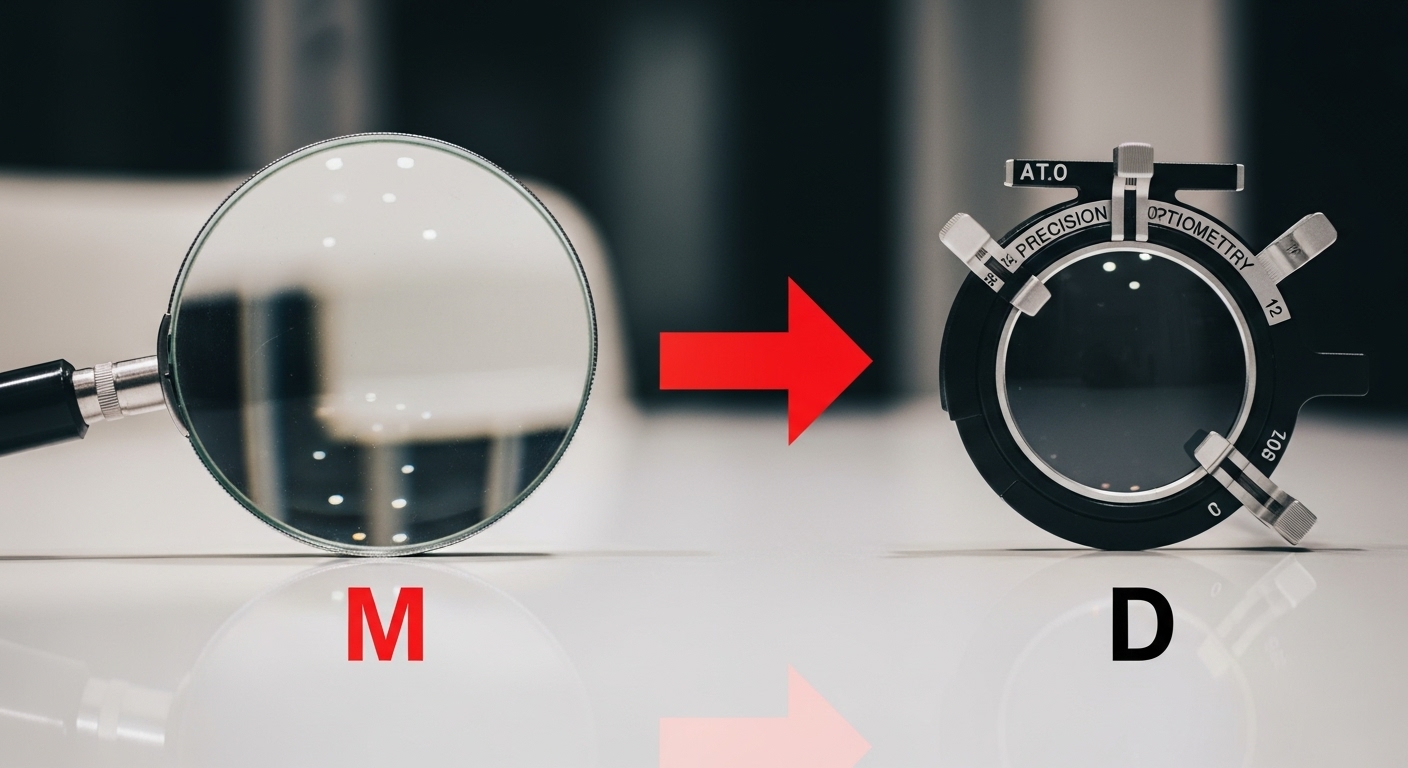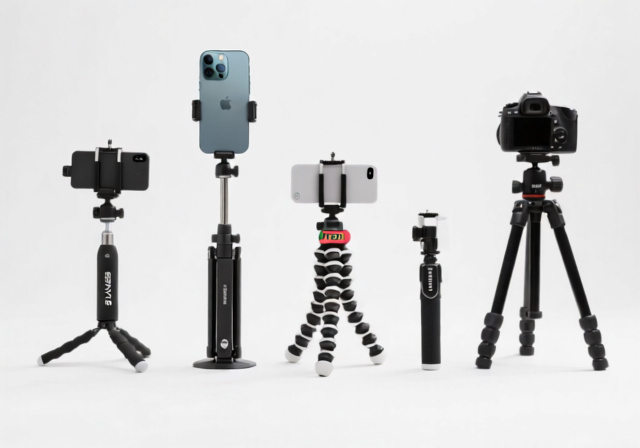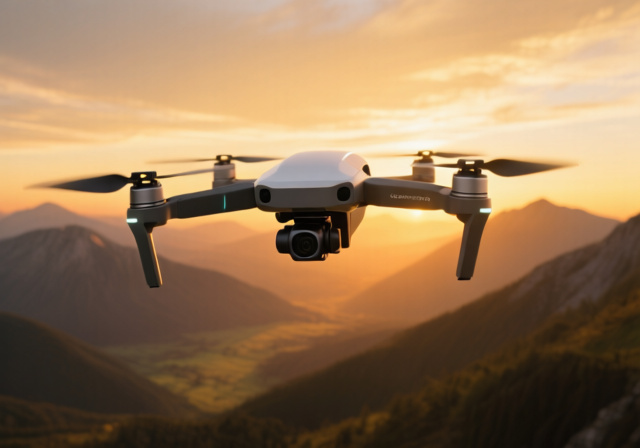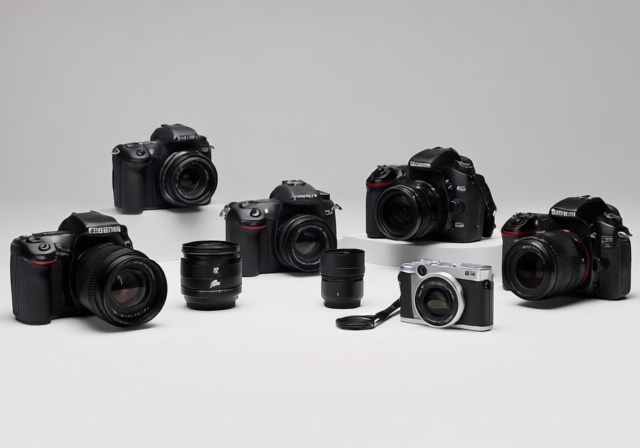

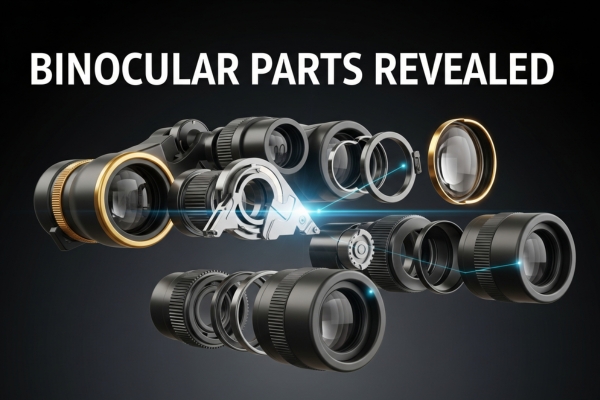

When I first started using binoculars for wildlife photography, I thought they were just two telescopes stuck together. After years of testing and repairing dozens of models, I’ve learned that binoculars are sophisticated optical instruments with precisely engineered components working in perfect harmony. Understanding these parts not only helps you choose better binoculars but also maintain them properly for years of clear viewing.
Every binocular consists of three main systems: the optical components that gather and magnify light, the mechanical parts that allow adjustment and alignment, and the external features that protect these delicate systems. In this comprehensive guide, we’ll explore each component in detail, explaining how they work together to create the magnified, three-dimensional images that make binoculars such valuable tools for everything from birdwatching to astronomy.
The objective lenses are the large lenses at the front of your binoculars, and they’re arguably the most important optical component. These lenses gather light from distant objects and form the initial image that gets magnified by the rest of the optical system. The diameter of these lenses, measured in millimeters, determines how much light your binoculars can collect. For example, in 8×42 binoculars, the “42” refers to the 42mm diameter of each objective lens.
I’ve tested binoculars with objective lenses ranging from 20mm compact models to massive 70mm astronomy binoculars. The difference in light-gathering ability is dramatic. Larger objective lenses provide brighter images, especially in low-light conditions like dawn or dusk wildlife viewing. However, they also make binoculars heavier and more challenging to hold steady without support.
The eyepiece lenses, or oculars, are where the magic of magnification happens. These complex lens assemblies take the image formed by the objective lens and prism system and magnify it for your eyes. Modern eyepieces typically contain multiple lens elements to correct various optical aberrations and provide a wide, comfortable viewing experience.
The design of the eyepiece determines several important characteristics of your binoculars, including the field of view, eye relief, and edge-to-edge sharpness. Wide-angle eyepieces provide expansive views perfect for scanning landscapes or tracking moving subjects, while long eye relief designs accommodate eyeglass wearers by positioning the exit pupil further from the lens surface.
Between the objective lenses and eyepieces sits one of the most crucial yet misunderstood components: the prism system. Without prisms, the image you’d see through binoculars would be upside down and reversed left-to-right. Prisms correct this orientation while also allowing binoculars to be more compact than straight-through telescopes of similar magnification.
There are two main prism systems used in modern binoculars. Porro prisms, recognizable by their offset barrel design, use right-angle prisms to fold the light path. They provide excellent depth perception and typically offer better value for money. Roof prisms create a straight-barrel design that’s more compact and durable, though they require more precise manufacturing and special coatings to match Porro prism performance. When comparing binoculars vs telescopes, the prism system is one of the key differences that makes binoculars more versatile for handheld use.
The central focus wheel is the large knob typically located between the two barrels of your binoculars. This mechanism simultaneously adjusts the focus of both optical tubes, allowing you to quickly bring subjects at different distances into sharp focus. Quality binoculars feature smooth, precise focus mechanisms that require minimal rotation to go from close focus to infinity.
In my experience testing various models, the feel and precision of the focus wheel often separates premium binoculars from budget options. A well-designed focus wheel should move smoothly without play or resistance, allowing for precise adjustments even while wearing gloves.
The diopter adjustment compensates for differences in vision between your two eyes. Usually located on the right eyepiece, this adjustment allows you to fine-tune the focus for that eye independently. Once set correctly for your eyes, you shouldn’t need to change the diopter setting unless someone else uses your binoculars.
To properly set your diopter, I recommend covering the right objective lens, focusing on a distant object using only your left eye and the central focus wheel, then covering the left lens and using the diopter adjustment to bring the same object into focus for your right eye. This ensures both eyes see equally sharp images.
The hinge mechanism that connects the two barrels allows you to adjust the interpupillary distance (IPD) – the spacing between the eyepieces to match the distance between your eyes. This adjustment is crucial for comfortable viewing and proper image merging. Most binoculars accommodate IPD ranges from about 56mm to 74mm, covering the vast majority of users.
Modern binoculars feature multiple layers of anti-reflective coatings on all glass surfaces. These coatings reduce light loss from reflection, increase contrast, and minimize glare. Fully multi-coated optics, where every glass surface has multiple coating layers, can transmit over 90% of available light compared to just 50-60% for uncoated optics.
Different manufacturers use proprietary coating formulas, but common types include magnesium fluoride for basic anti-reflection, phase-correction coatings on roof prisms to enhance resolution, and hydrophobic coatings on external lenses to repel water and make cleaning easier.
The housing protects the delicate optical components while the rubber armor provides grip and shock protection. Quality binoculars use lightweight yet durable materials like magnesium alloy or polycarbonate for the housing, covered with textured rubber armor that provides a secure grip even in wet conditions.
Many modern binoculars are nitrogen or argon purged and O-ring sealed to be waterproof and fog-proof. This internal gas purging prevents moisture from entering the binoculars and condensing on internal lens surfaces when temperatures change rapidly.
Eye cups position your eyes at the correct distance from the eyepiece lenses to see the full field of view. Twist-up or fold-down eye cups accommodate both eyeglass wearers (cups down) and those without glasses (cups extended). Premium models feature multiple positions to fine-tune eye relief for optimal comfort.
Understanding how these components work together helps explain binocular performance. Light enters through the objective lenses, creating an inverted image at the focal plane. The prisms correct this image orientation while folding the light path for compactness. The eyepieces then magnify this corrected image for viewing.
The mechanical systems allow you to customize the binoculars for your vision and the viewing situation. The interpupillary adjustment ensures comfortable binocular vision, the focus wheel brings subjects to sharp clarity, and the diopter adjustment compensates for any vision differences between your eyes.
When considering different optical designs, it’s helpful to understand the trade-offs. For instance, when examining binoculars vs monoculars, you’ll find that binoculars’ dual optical paths provide better depth perception and reduced eye fatigue during extended viewing sessions.
Proper cleaning maintains optical performance. I always start by using a soft brush or compressed air to remove loose particles that could scratch the lens coatings. For stubborn dirt or fingerprints, I use lens cleaning solution and microfiber cloths, wiping in gentle circular motions from the center outward.
Never use paper towels, tissues, or your shirt to clean binocular lenses – these materials can scratch the delicate coatings. Keep lens caps on when not in use to minimize cleaning frequency.
The focus mechanism and hinge benefit from occasional maintenance. If the focus wheel becomes stiff, a tiny amount of lubricant applied to the mechanism (never on optical surfaces) can restore smooth operation. However, this should only be done if you’re comfortable partially disassembling your binoculars or by a professional service technician.
Check the rubber armor periodically for tears or loosening, as damaged armor can allow moisture to enter. Tighten any loose screws on the eye cups or objective lens covers to prevent loss in the field.
Double images usually indicate collimation problems – the two optical tubes aren’t perfectly aligned. This requires professional adjustment. Foggy internal surfaces suggest seal failure in waterproof models, also requiring professional service.
If you can’t achieve sharp focus, check that the diopter adjustment hasn’t been accidentally moved. Difficulty merging images might mean the interpupillary distance needs adjustment or could indicate eye strain from extended use.
While all components contribute to performance, the objective lenses and prism system have the greatest impact on image quality. Larger, higher-quality objective lenses gather more light for brighter images, while quality prisms maintain resolution and color fidelity.
Damaged prisms typically cause double images that can’t be corrected by adjusting focus or IPD. You might also see dark shadows or unusual reflections in the image. Internal prism damage requires professional repair.
This difference comes from the prism type. Roof prism binoculars have straight barrels for a compact design, while Porro prism models have offset barrels that provide better depth perception and often better value for money.
Simple replacements like eye cups, lens caps, and straps can be done at home. However, internal repairs involving prisms, lenses, or focus mechanisms should be handled by professionals to maintain optical alignment and waterproofing.
Black edges or vignetting usually occur when eye cups aren’t properly adjusted for your use (with or without glasses) or when your eyes aren’t positioned correctly. Adjust the eye cups and ensure your interpupillary distance is set correctly.
Understanding the parts of binoculars transforms them from mysterious black boxes into precision instruments you can use more effectively. Each component, from the objective lenses that gather light to the eye cups that position your view, plays a crucial role in delivering clear, magnified images.
Regular maintenance of these components ensures years of reliable performance. Whether you’re choosing binoculars for travel or selecting a pair for specialized use, knowing how each part functions helps you make informed decisions and get the most from your investment.
As you explore different binocular options, remember that quality components and precise assembly matter more than specifications alone. A well-built 8×32 binocular with quality optics will outperform a poorly made 10×50 model in most situations. Take time to understand how each part contributes to your viewing experience, and you’ll be rewarded with years of incredible observations.


